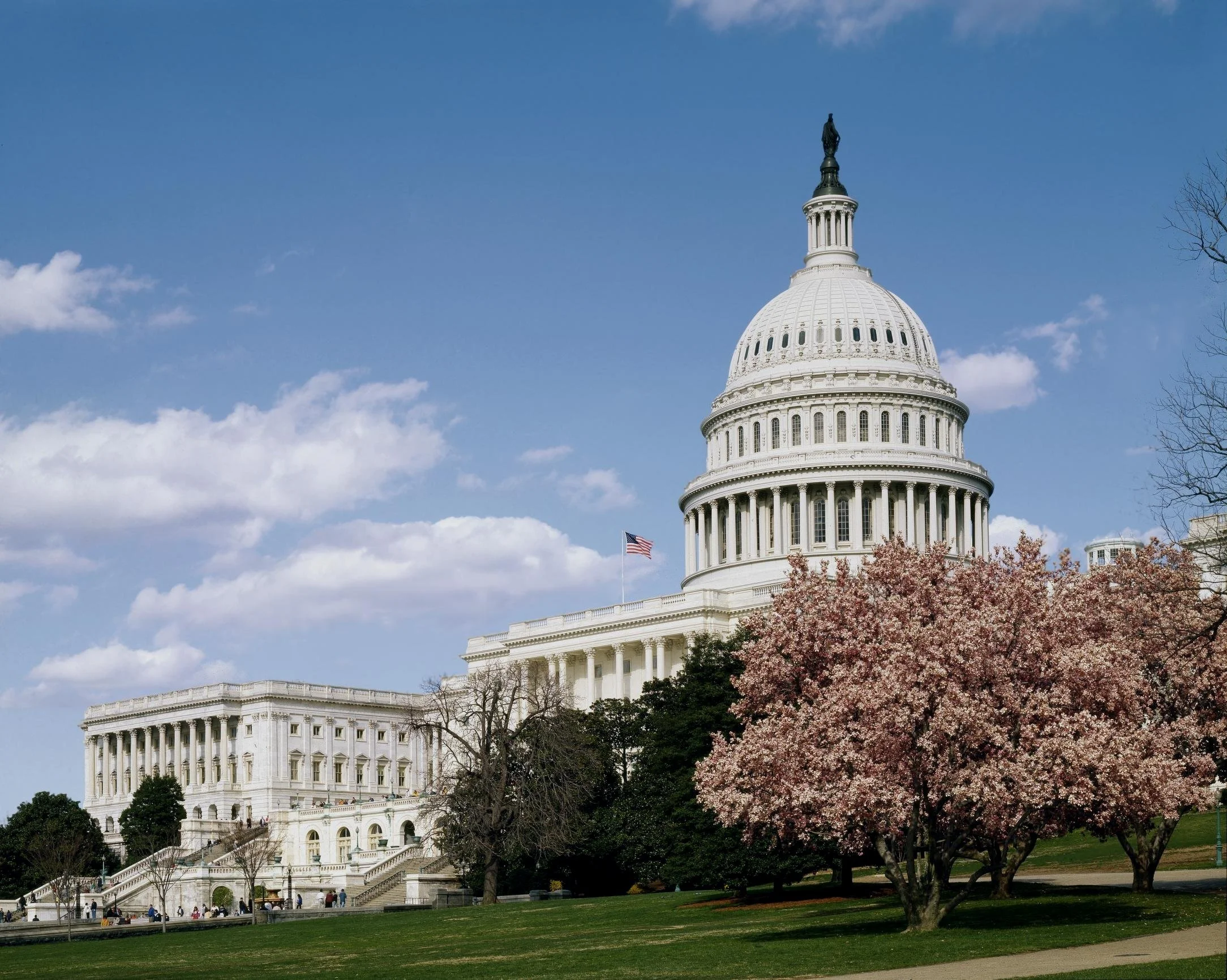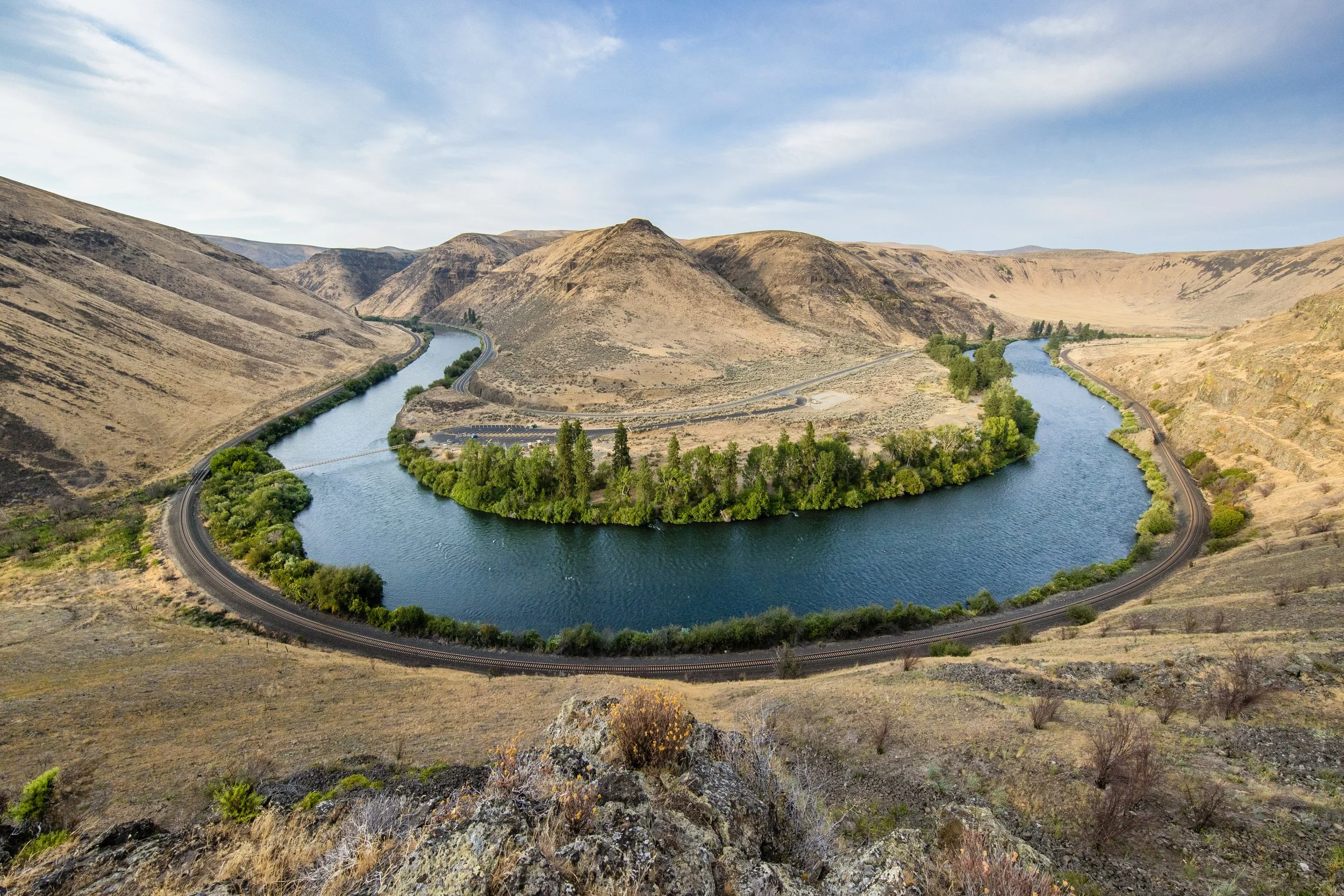All too often overlooked for their ecological value, the California’s Mojave and Colorado deserts feature stunning biodiversity, surpassing even many forest ecosystems. More than 2,400 native plant species, 72 occurring nowhere else on earth, reside in the windswept dunes, craggy mountains, life-giving waters, and other habitats that encompass the region. This landscape makes up 27% of the state’s land mass, sequesters 10% of its carbon, and is the nation’s largest relatively intact ecosystem outside of Alaska. This, however, belies the fragility of California’s deserts, which face unprecedented pressures from climate change and development.
Congress Must Reject Proposed $100 Million Rescission of LWCF
After almost 60 years of fighting against diversion of Land and Water Conservation Fund (LWCF) dollars, in 2020, the LWCF Coalition celebrated passage of the Great American Outdoors Act (GAOA). This legislation secured permanent funding for LWCF at $900 million dollars annually, creating a consistent funding stream for conservation and outdoor recreation projects. By protecting our natural and cultural treasures, working forests and wildlife habitat, permanent LWCF funding ensures outdoor access for all Americans no matter where they live, clean safe drinking water, natural climate mitigation, and jobs in our communities. Yet, despite all these benefits and the overwhelming bipartisan will of Congress, LWCF is still under threat.
LWCF in the Delaware River Watershed
As the longest undammed main stem river east of the Mississippi, the Delaware River Watershed (DRW) provides drinking water to over 13.3 million people in the region, including two out of the five largest metropolitan centers in the country: New York City and Philadelphia, along with the cities of Camden, Trenton, and Wilmington.





